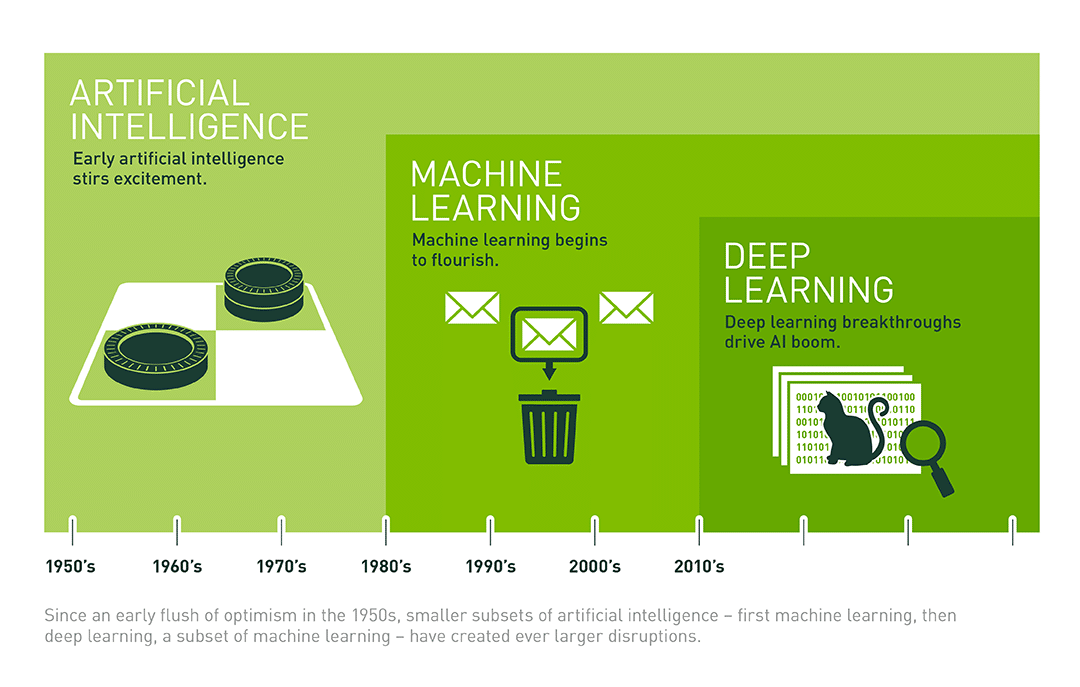How can machine learning and artificial intelligence be leveraged to enhance threat detection and response in cybersecurity, and what are the potential challenges associated with their implementation?
Designing a scalable and secure Proof-of-Stake (PoS) consensus algorithm for permissioned blockchains involves several key considerations: Validator Selection: Implement a fair and transparent process for selecting validators based on their stake and reputation within the network. This ensureRead more
Designing a scalable and secure Proof-of-Stake (PoS) consensus algorithm for permissioned blockchains involves several key considerations:
Validator Selection: Implement a fair and transparent process for selecting validators based on their stake and reputation within the network. This ensures trust and reduces the risk of malicious actors.
Stake Distribution: Ensure a balanced distribution of stakes to prevent centralization and maintain decentralization. This can be achieved through mechanisms like stake capping or weighted random selection.
Security Measures: Incorporate robust security protocols to protect against common attacks such as Sybil attacks, where an attacker creates multiple identities to gain control of the network.
Scalability Solutions: Utilize sharding or layer-2 solutions to enhance scalability. Sharding divides the blockchain into smaller, manageable pieces, while layer-2 solutions handle transactions off-chain to reduce the load on the main chain.
Consensus Mechanism: Design an efficient consensus mechanism that minimizes energy consumption and latency. Byzantine Fault Tolerance (BFT) algorithms can be adapted for PoS to achieve this.
Governance Model: Establish a clear governance model that allows stakeholders to participate in decision-making processes, ensuring the network evolves in a decentralized and democratic manner.
Incentive Structure: Create an incentive structure that rewards honest behavior and penalizes malicious actions, encouraging validators to act in the network’s best interest
See less
Machine learning (ML) and artificial intelligence (AI) offer significant potential to enhance threat detection and response in cybersecurity. Here's an overview of how they can be leveraged and the associated challenges: Leveraging ML and AI in Cybersecurity: 1. Anomaly detection: - ML algorithms caRead more
Machine learning (ML) and artificial intelligence (AI) offer significant potential to enhance threat detection and response in cybersecurity. Here’s an overview of how they can be leveraged and the associated challenges:
Leveraging ML and AI in Cybersecurity:
1. Anomaly detection:
– ML algorithms can analyze network traffic patterns to identify unusual behaviors that may indicate a threat.
– AI can establish baselines of normal activity and flag deviations in real-time.
2. Threat intelligence:
– ML can process vast amounts of threat data from multiple sources to identify emerging threats and attack patterns.
– AI can correlate information to provide context and prioritize threats.
3. Automated response:
– AI-powered systems can initiate automated responses to contain threats quickly.
– This can include isolating affected systems, blocking malicious IPs, or initiating backups.
4. Behavioral analysis:
– ML can model user and entity behavior to detect insider threats or compromised accounts.
5. Malware detection:
– AI can analyze code structure and behavior to identify new or evolving malware strains.
6. Predictive analytics:
– ML models can predict potential vulnerabilities or attack vectors based on historical data and current trends.
7. Natural Language Processing (NLP):
– NLP can analyze security logs and reports to extract relevant information and insights.
Challenges in Implementation:
1. Data quality and quantity:
– ML/AI models require large amounts of high-quality, diverse data for training.
– Obtaining comprehensive, up-to-date cybersecurity data can be challenging.
2. False positives:
– Overly sensitive AI systems may generate excessive false alarms, leading to alert fatigue.
3. Adversarial AI:
– Attackers can use AI to create more sophisticated threats or to evade AI-based defenses.
4. Explainability:
– The “black box” nature of some AI algorithms can make it difficult to explain or justify security decisions.
5. Skill gap:
– There’s a shortage of professionals with expertise in both cybersecurity and AI/ML.
6. Ethical concerns:
– AI-powered monitoring raises privacy concerns, especially in contexts like employee behavior analysis.
7. Keeping pace with evolving threats:
– AI models need constant updating to remain effective against rapidly evolving cyber threats.
8. Integration with existing systems:
– Implementing AI/ML solutions alongside legacy security infrastructure can be complex.
9. Regulatory compliance:
– Ensuring AI-driven security measures comply with data protection regulations can be challenging.
10. Resource requirements:
– Implementing and maintaining AI/ML systems can be computationally intensive and expensive.
While ML and AI offer powerful tools for enhancing cybersecurity, their effective implementation requires careful planning, ongoing maintenance, and a balance between automation and human oversight. Organizations must weigh the benefits against the challenges and develop strategies to address these issues as they integrate AI/ML into their cybersecurity frameworks.
See less